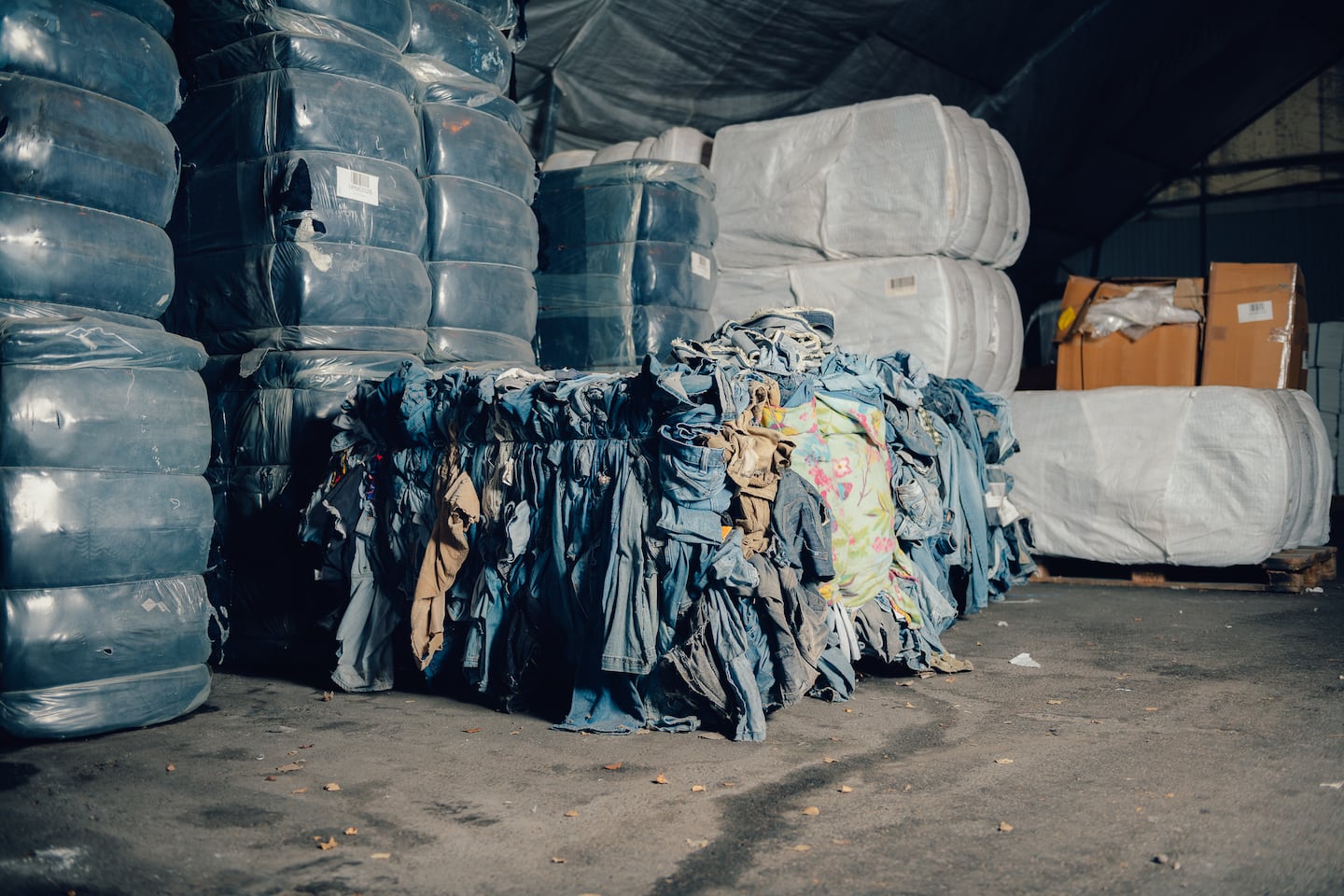
The Business of Fashion
Agenda-setting intelligence, analysis and advice for the global fashion community.

Agenda-setting intelligence, analysis and advice for the global fashion community.

 Opens in new window
Opens in new windowThe fashion industry is upping its use of lower-impact raw materials but still not making enough progress where it counts, according to an annual report by non-profit Textile Exchange.
Material Change Index Insights report, published Monday, assesses the uptake of preferred raw materials — defined as those certified under a sustainability standard or initiative — and responsible sourcing practices across 292 brands and retailers representing an estimated $680 billion in turnover.
The report’s findings point to some positive changes: preferred materials accounted for half of all fibres used by brands in 2020 for the first time, up from 44 percent in 2019 and 36 percent in 2018. And greenhouse gas emissions associated with material production decreased 5 percent to 11.2 million tonnes of CO2 equivalent in 2020, after remaining flat for the previous two years at 11.8 million tonnes.
But this progress is at least in part due to disruptions caused by the pandemic, the report found. Slower growth tamped down emissions and the shift towards preferred materials “may well be a blip” as well, said Textile Exchange director of corporate benchmarking Liesl Truscott. Companies’ responses to the pandemic were highly polarising, with half choosing to double down on sourcing better materials and the other half cutting back, she added. “It will take a few years to see if it actually continues to be a trend,” Truscott said.
ADVERTISEMENT
Even this tentative progress is limited. While recycled polyester now accounts for 32 percent of all polyester used by the 292 brands assessed in the report, nearly all of it comes from non-textile sources like plastic packaging from other industries. Just 6.5 percent of all recycled fibres came from textile waste in 2020, the report found. And while brands are growing their share of preferred virgin natural materials like cotton and wool, the data on the environmental impact of these efforts remains fuzzy.
The conclusions align with those of The BoF Sustainability Index 2022, which found brands’ progress towards a less extractive material mix largely rested on shifting to preferred fibres, with limited evidence of action that would support more meaningful transformation.
“We need to be thinking about not just transitioning to preferred materials, but really looking at consumption,” said Truscott. That means the industry must tackle the tricky challenge of degrowth. Fashion needs to move to a “model of decoupling profit, prosperity and success [from] continued growth of the use of — particularly virgin — materials,” she said.
For now, brands are rapidly growing their engagement with circular business models, but from a low base. Textile Exchange’s analysis found 35 companies reported total investment of $25 million in 2020 in the space, mostly aimed at innovation and capacity-building for circular technology, like recycling, resale and repair services. But staying the course and committing money for the long term is needed in order to have real impact, said Truscott.
“We’re still seeing the same struggle, I think, with pricing and investment, and matching that ambition with deep commitment and fundamental business model changes on the ground,” she said. “It still feels a bit experimental.”
For more BoF sustainability coverage, sign up now for our new Weekly Sustainability Briefing by Sarah Kent.
Scaling technology that can recycle old clothes back into new ones has eluded the industry for a decade. A series of new projects this year suggest fashion may be nearing a tipping point.
The scaling of closed-loop recycling could help reduce fashion’s environmental impact at the materials level. The technologies to make this happen are maturing, creating an opportunity for companies to embed them in a product’s design phase while adopting processes to enable scaling.
The industry’s impact on deforestation and biodiversity loss is coming into focus as efforts to tackle global warming look beyond emissions.
Traces of cotton from Xinjiang were found in nearly a fifth of samples from American and global retailers, highlighting the challenges of complying with a US law aimed at blocking imports that could be linked to forced labour in China.
The fashion industry continues to advance voluntary and unlikely solutions to its plastic problem. Only higher prices will flip the script, writes Kenneth P. Pucker.
The outerwear company is set to start selling wetsuits made in part by harvesting materials from old ones.
Companies like Hermès, Kering and LVMH say they have spent millions to ensure they are sourcing crocodile and snakeskin leathers responsibly. But critics say incidents like the recent smuggling conviction of designer Nancy Gonzalez show loopholes persist despite tightening controls.